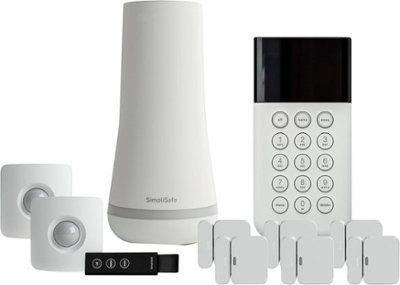Top 6 Security Trends to Watch in 2020
Cybersecurity issues now threaten personal and corporate data. And, there is no sign of hacking attacks slowing down. With more devices being connected and more information available through digital channels and devices, digital security is of utmost importance. New trends to fight security risks are emerging and here are the top ones to watch in 2020.
1. Expansion of Video Security
Traditionally one of the most useful security assets, video provides real-time coverage of incidents and emerging threats. There are really no limits here. For example, food processing plants and other manufacturing facilities will continue to use video for training, regulatory compliance, and to prevent food recalls and other issues. Video coverage of harsh environments, such as oil and gas facilities, helps reduce the need for personnel in hazardous areas.
With video data, information can be used for everything from real-time situational awareness to providing forensic coverage. Nonetheless, the increasing use of video in smart homes has given rise to privacy concerns. Security companies must have internal controls over who can access feeds. Organizations must adhere to privacy laws such as those that have been introduced by the EU, which govern the use of applications that involve the collection of video and other data on people and assets.
2. Cloud-Based Security
Developing cybersecurity protocols is critical, especially for servers, digital video recorders, IP cameras, smart sensors, and other network-connected devices connected to the cloud. This applies to organizations reliant on CRM systems such as Salesforce and home users who leverage Dropbox and other storage services.
The cloud-security platform industry is already predicted to top $460 million, as it can scale to various requirements, provide greater intelligence and protection, and reduce costs.
3. Artificial Intelligence
Taking video and data analytics to the next level, software manufacturers are beginning to leverage artificial intelligence (AI) to improve analytical capabilities. Facial recognition is one example of a technology being used to more efficiently detect potential threats. Given the vast amounts of data and growth in devices such as intelligent sensors, using AI to analyze video and other data makes sense.
4. Passwordless Authentication
Consumers have been familiar with password protection since the first Internet services became available. But new authentication methods have emerged. These include hardware tokens, biometric authentication such as fingerprint readers, and knowledge-based authentication such as security questions based on personal details.
5. Mobile Access to Security Devices
Physical security has become more dependent on mobility and this trend is expected to continue. It includes access to security devices from browsers and smartphones. There are now many mobile apps for managing video cameras and receiving automatic alerts. Permitted users can even grant or restrict access to facilities and individual access points.
6. Convergence of Physical and Digital Security
This has been discussed for decades. But tracking users throughout a building had been difficult without the technologies that exist today. The Internet of Things, modern data analytics, and cloud technologies are bringing physical and digital security closer together. Edge computing is also helping make this convergence a reality.
Let Boyd & Associates Bolster Your Security
Our business specializes in improving home and business security using the latest technologies on the market. From burglar alarm systems to alarm monitoring services, to intrusion detection, access control, and video surveillance for commercial clients, we help manage all your security needs. Boyd & Associates serves clients throughout Los Angeles, Ventura, Orange, and Riverside Counties. Request service online or call us at 888-248-6617 for assistance choosing security systems and services today.



